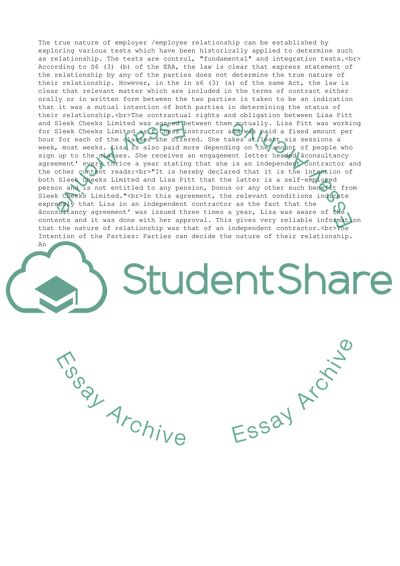Cite this document
(Employment Law Essay Example | Topics and Well Written Essays - 2750 words - 3, n.d.)
Employment Law Essay Example | Topics and Well Written Essays - 2750 words - 3. https://studentshare.org/law/1817307-employment-law
Employment Law Essay Example | Topics and Well Written Essays - 2750 words - 3. https://studentshare.org/law/1817307-employment-law
(Employment Law Essay Example | Topics and Well Written Essays - 2750 Words - 3)
Employment Law Essay Example | Topics and Well Written Essays - 2750 Words - 3. https://studentshare.org/law/1817307-employment-law.
Employment Law Essay Example | Topics and Well Written Essays - 2750 Words - 3. https://studentshare.org/law/1817307-employment-law.
“Employment Law Essay Example | Topics and Well Written Essays - 2750 Words - 3”. https://studentshare.org/law/1817307-employment-law.


